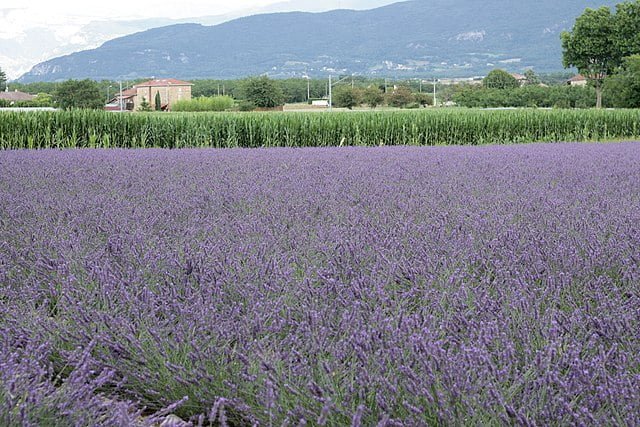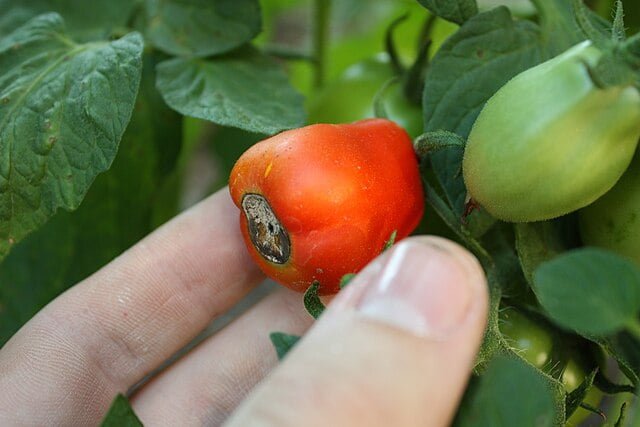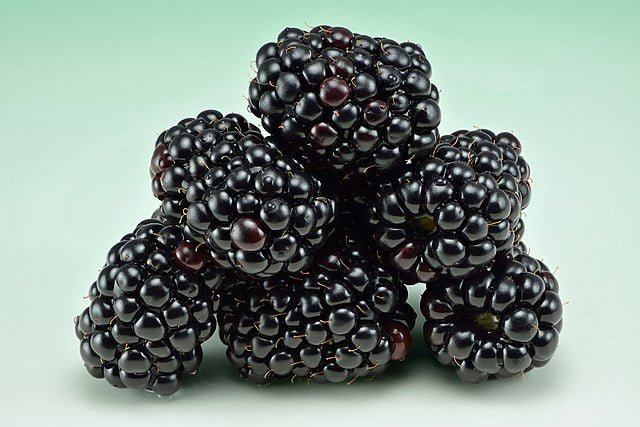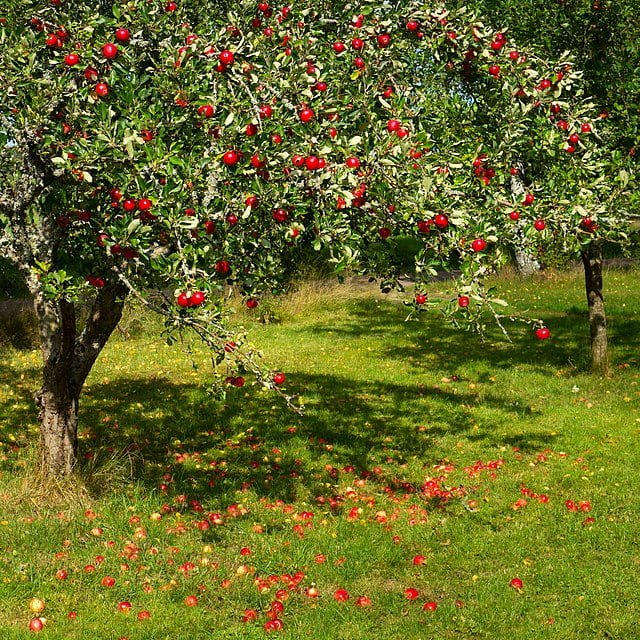Growing Lavender: A Guide to Cultivating Fragrant Blooms
Lavender is a beloved herb known for its enchanting fragrance, beautiful blooms, and versatile uses. Whether you want to create a soothing garden retreat or harvest lavender for crafts and culinary purposes, this guide will help you successfully grow and care for this delightful plant.
Selecting the Right Variety
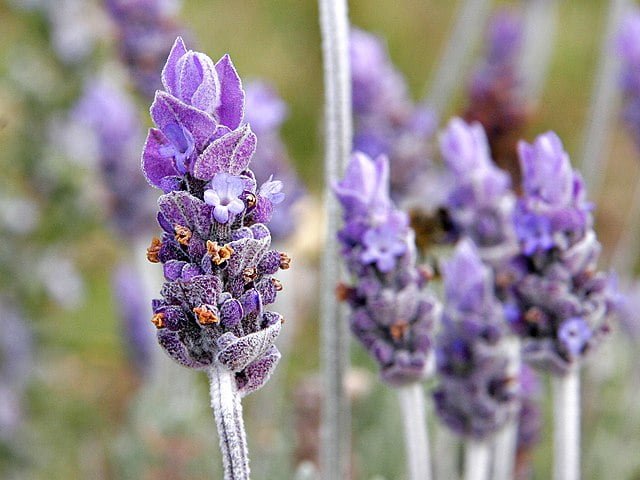
Choose a lavender variety that suits your climate and purpose. English lavender (Lavandula angustifolia) is popular for its aromatic blooms and is well-suited to cooler regions. French lavender (Lavandula dentata) and Spanish lavender (Lavandula stoechas) thrive in warmer climates. Research the specific needs of each variety and select the one that aligns with your growing conditions.
Choosing the Planting Location
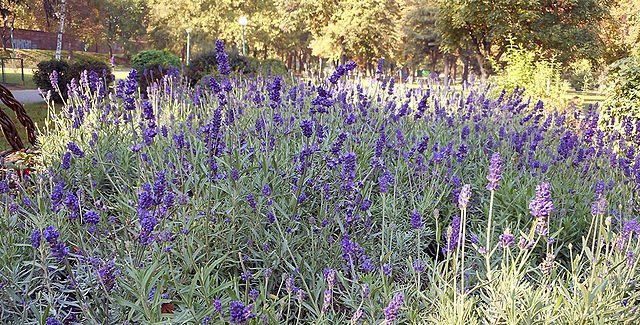
Lavender thrives in well-draining soil and requires full sun exposure. Choose a planting location that receives at least 6-8 hours of direct sunlight each day. Avoid areas with poor drainage to prevent root rot. If your soil is heavy or clayey, consider improving it by adding organic matter, such as compost, to enhance drainage.
Planting Lavender
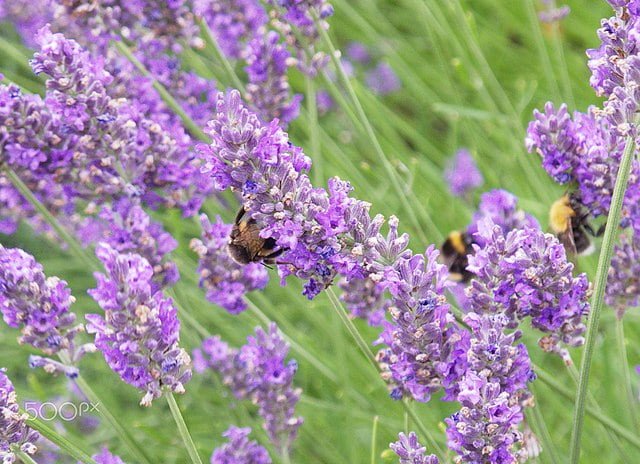
Plant lavender in the spring after the last frost when the soil has warmed up. Dig a hole slightly larger than the plant’s root ball and gently loosen the soil. Place the lavender plant in the hole, ensuring the top of the root ball is level with or slightly above the soil surface. Backfill the hole with soil and lightly firm it around the plant. Space multiple plants about 12-18 inches apart to allow for proper airflow.
Watering and Care
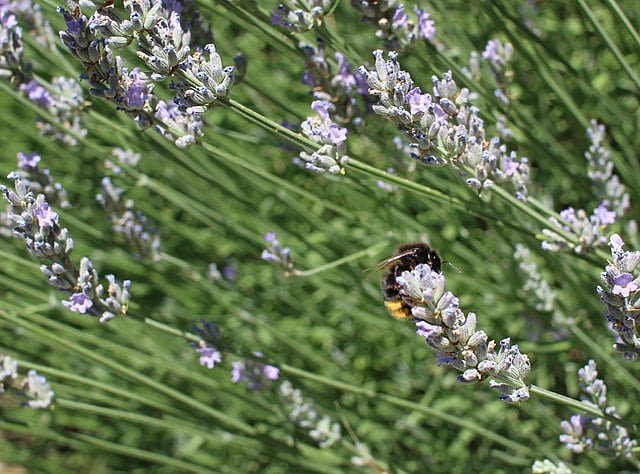
Lavender is a drought-tolerant plant once established, so avoid overwatering. Water newly planted lavender regularly to help it establish its roots. Afterward, water sparingly, allowing the soil to dry out between watering sessions. Avoid wetting the foliage, as it can lead to diseases. Applying a layer of organic mulch around the plants helps retain moisture and suppress weeds.
Pruning and Maintenance

To promote bushier growth and prevent legginess, prune lavender in early spring or after flowering. Remove spent flower spikes by cutting them back to the first set of healthy leaves. Avoid cutting into old wood, as lavender may struggle to regrow from there. Regular pruning helps maintain a compact shape and encourages fresh growth.
Harvesting and Enjoying

Harvest lavender flowers when the buds have opened but before they start to decline. Cut flower spikes just above the leaves, and bundle them together for drying. Hang the bundles upside down in a cool, dark, and well-ventilated area. Once dry, the lavender flowers can be used for crafts, potpourri, or culinary creations like lavender-infused oils or teas.
With proper care and attention, your lavender plants will reward you with fragrant blooms and a touch of elegance in your garden. Enjoy the calming scent and the myriad of possibilities that lavender offers.

